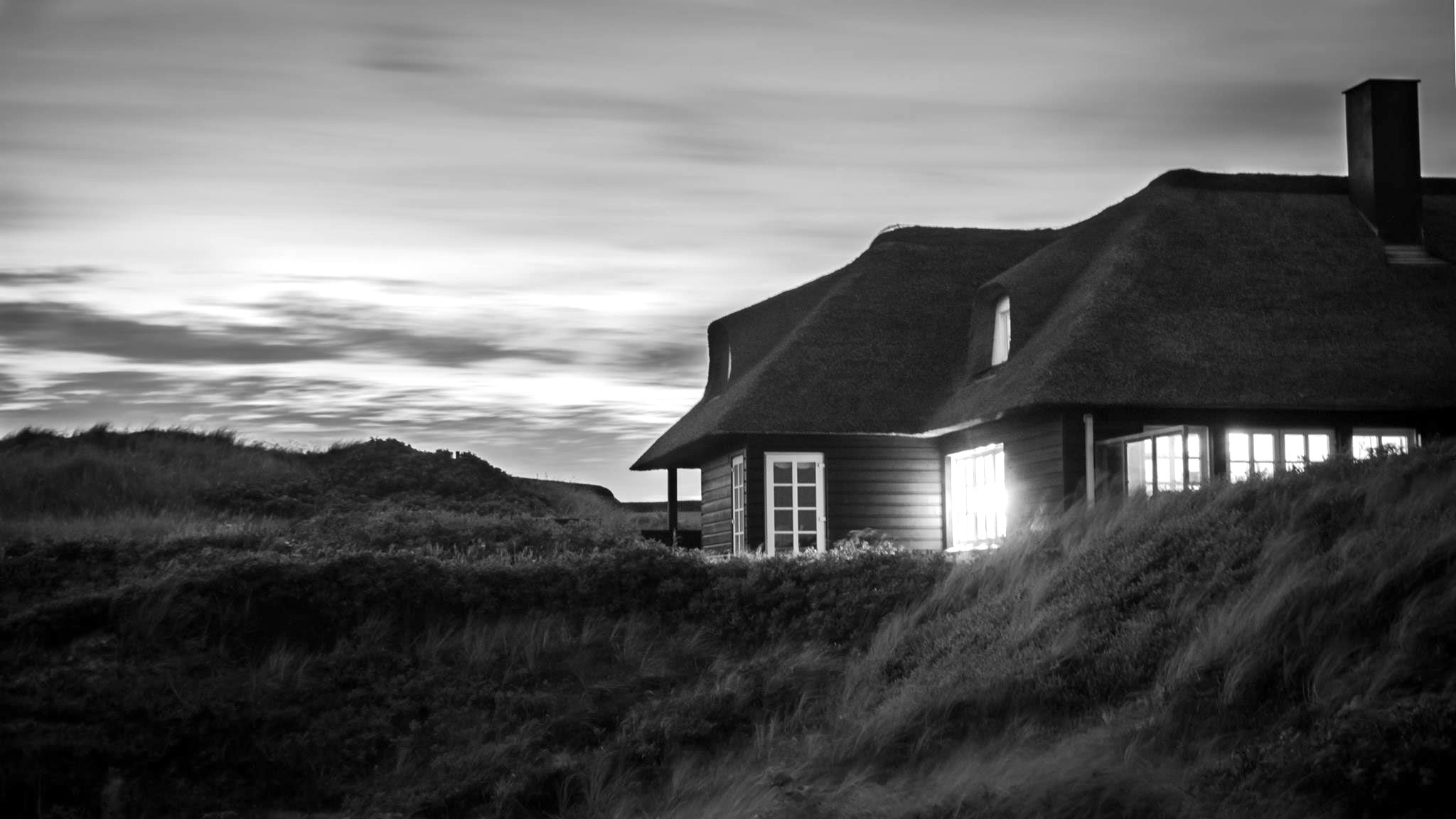In August, the Campaign to Protect Rural England (CPRE) published its latest in a line of reports documenting the continued rise in threat to our Green Belts.
Our research shows that the threat to England’s Green Belt land has never been greater. Local councils are proposing to remove Green Belt designation to build almost 460,000 new homes in draft and adopted local plans, while speculative, or unplanned, development on greenfield land in the Green Belt has also reached its peak.
Some may say that this is a good thing and that in order to solve the housing crisis we should be building more homes on the Green Belt. Here I explain why we should care about protecting the Green Belt, and why building new homes in Green Belt will not solve the housing crisis.
Why should we care?
There are currently 14 Green Belts surrounding some of our largest and most historic cities. Successive polls by CPRE have shown the popularity of the Green Belt, with two-thirds of the population supporting the Green Belt’s protection. But, despite such strong support, there are many critics arguing that not all of England’s Green Belt is as picturesque as the public’s vision of it, and therefore warrants being built on.
However, it is essential to note that Green Belt was not designated for its beauty, or wildlife value. Instead, they were designated to reduce urban sprawl, safeguard the countryside and historic towns, and encourage urban regeneration. These criteria are still relevant today.
On the other hand, allowing developers to continue building outwards can leave derelict wasted spaces to blight our city centres. Our research shows that, across England, there is space for over a million homes on the brownfield sites that are suitable for housing but not important for wildlife or employment.
In addition to curbing urban sprawl and helping with regeneration, our previous work with Natural England in 2010 and ADAS in 2016, shows that our Green Belts play a crucial role in enhancing the sustainability of our cities by providing essential ecological and recreational benefits that are fundamental to people’s health and well-being. A third of all new nature reserves created in England since 2009 have been in our Green Belts, which also contain is 2.5 times more public rights of way than England as a whole.
What is happening in the Green Belt?
The Government’s own Land Use Change Statistics show that over 1,000ha has been built on since the National Planning Policy Framework (NPPF) came into force in 2012. As fact checking charity Fullfact has described, if the Green Belt was the size of an A4 piece of paper, the area that has been built on is about the size of a 5p coin. This may only seem like a small amount, but 96% of local councils with Green Belt have built homes on it over the past four years, despite proposals needing to show very special circumstances for development within the Green Belt to be approved. Without strong protections, that 5p could easily become a £5 note as the amount of land lost has experienced a significant increase over the last few years – and these are just the residential figures.
Commercial and industrial developments were built on 6,200ha of Green Belt land since the NPPF. Additionally, separate statistics show that 4,790ha of land has been lost through deallocation in 34 local plans from 2012 to 2016/17.
Our State of the Green Belt 2018 report demonstrates that Green Belts remain under major threat.
This pressure looks set to continue despite recent policy changes in the revised NPPF that set out to define the circumstances under which Green Belt land can be released for development. The government’s standard approach to calculating the number of homes each local council needs is likely to lead to an increase in the number of homes in over half of local planning authorities.
Affordability and alternatives
We recognise that there is an affordable housing crisis and that we need to build more homes.
However, less than 22% of units with permission planned for the Green Belt meet the government’s definition of ‘affordable’. This is significantly lower than affordable housing policies in local plans that average a target of 31%. Due to their nature, Green Belt developments often require significant investment in infrastructure, which can reduce the scope to deliver affordable housing.
There is simply no need to sacrifice our Green Belts in order to build the homes we need. Local authority brownfield registers in Green Belt council areas have identified space for over 720,000 homes – homes that could breathe new life into many town and city centres, and provide sustainable homes close to existing infrastructure, jobs and amenities.
What do we want?
The government must follow through on its commitments to protecting the Green Belt and fully recognise the potential of brownfield to ensure that these sites are used first. A strategic approach is needed where evidence clearly shows that Green Belt land does need to be released, to ensure the areas least damaging to the integrity and purposes of the Green Belt are developed. When this happens, predominantly affordable housing should be built to meet local needs.
Note on method: Planning application data looked at development that has been granted permission within the Green Belt. Green belt developed in this way needs to be the result of very special circumstances. Draft and adopted Local Plan data looked at the release of Green Belt land to accommodate new homes. In order to release Green belt, councils need to show exceptional circumstances.








